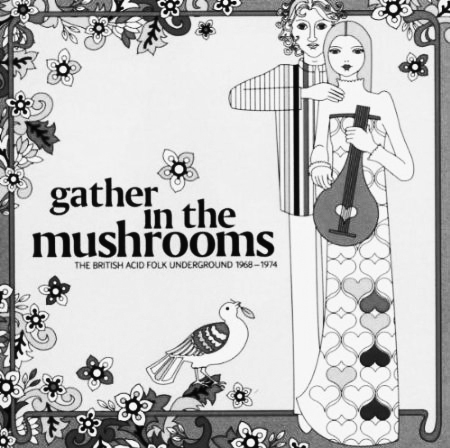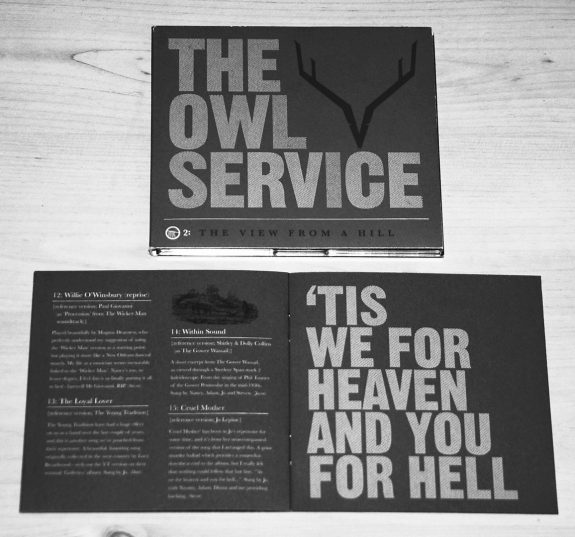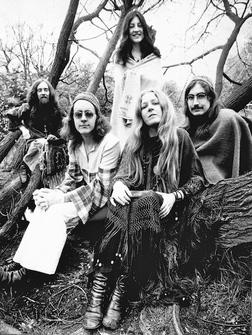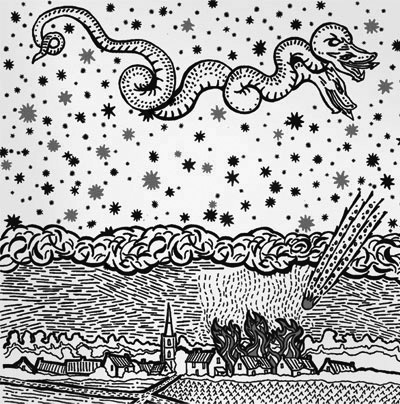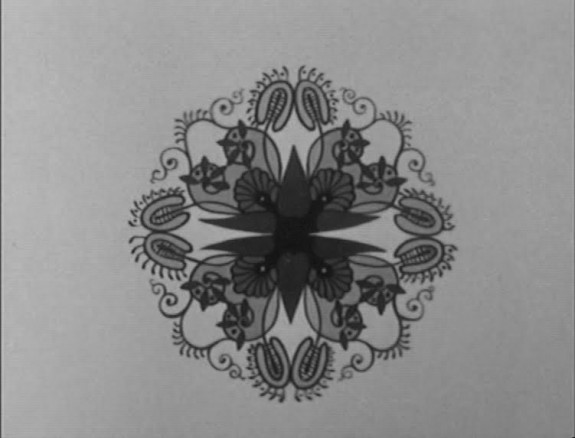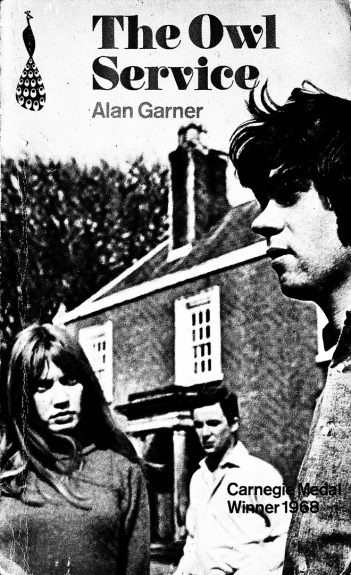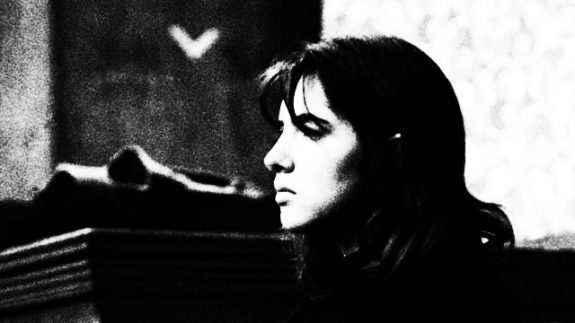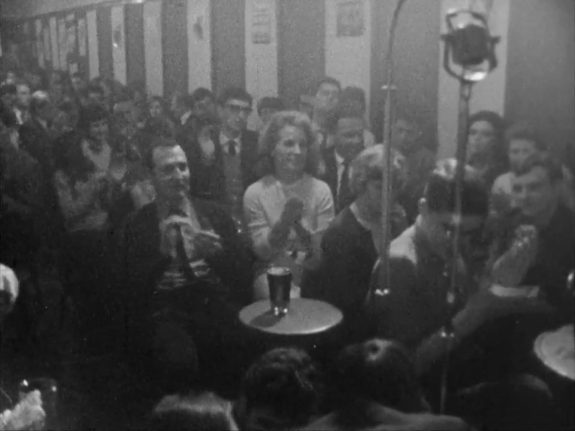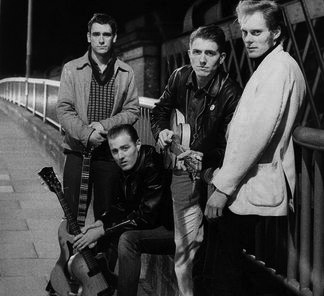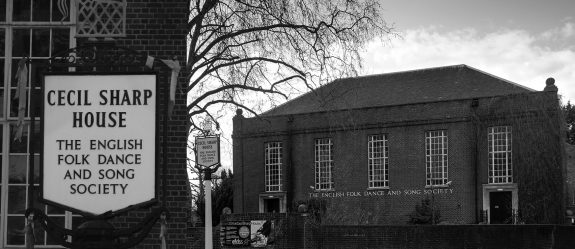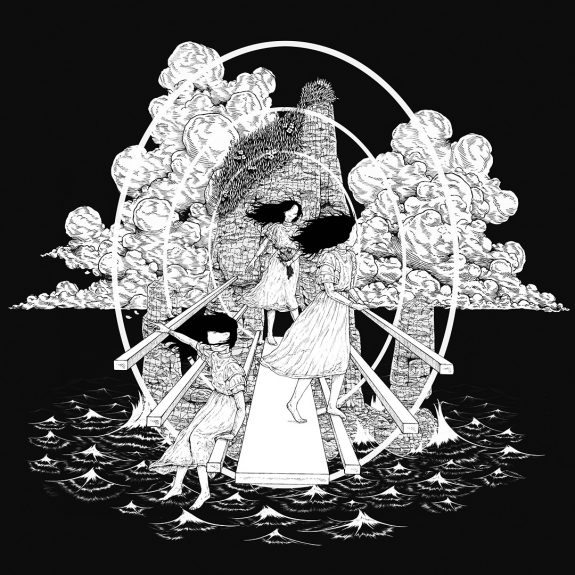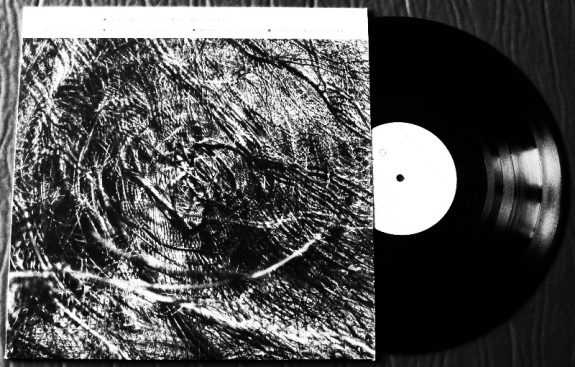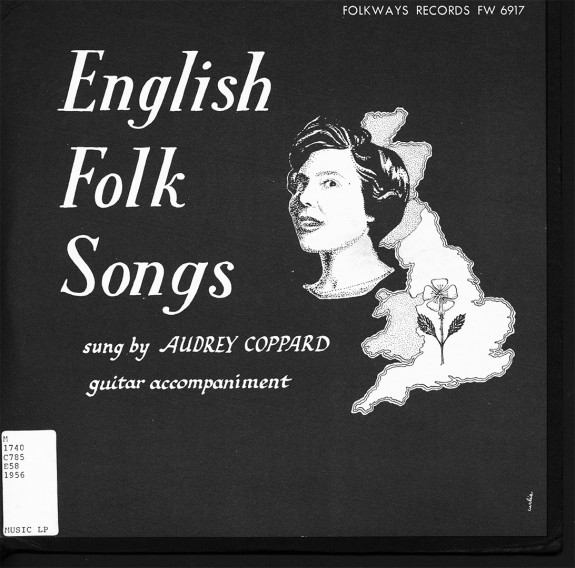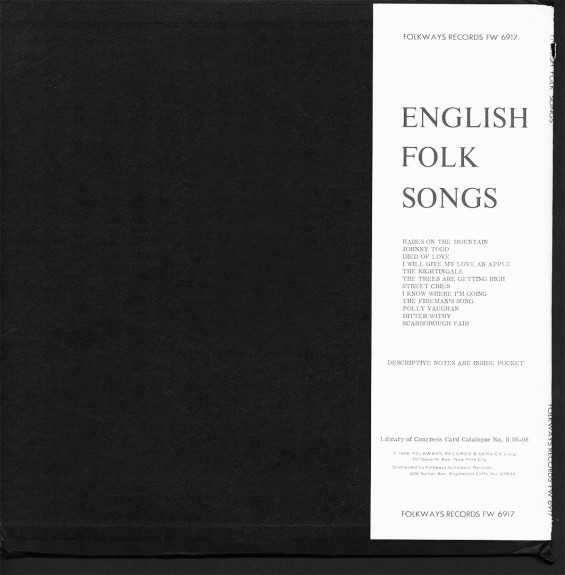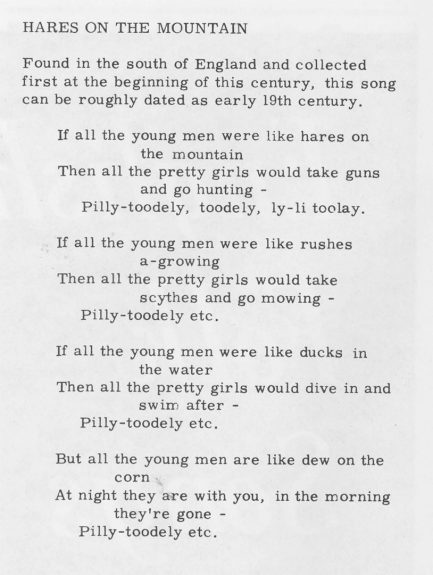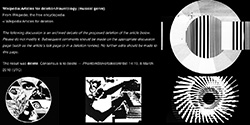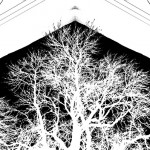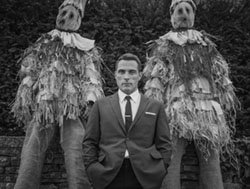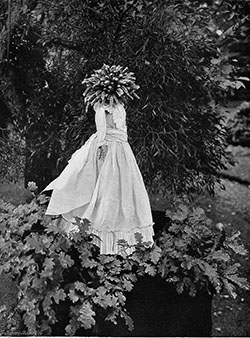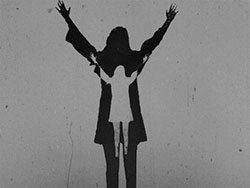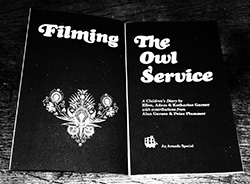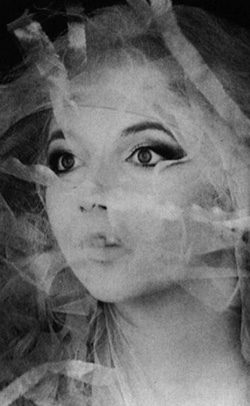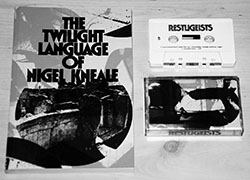“On the Way Towards starting A Year In The Country the three albums I probably listened to the most were Jane Weaver Septième Soeur’s conceptual cosmic folkloric Fallen by Watch Bird (2010), the acid folk compilation Gather in the Mushrooms (2004) and The Owl Service’s The View from a Hill (2010).”
“The View from a Hill could be categorised as folk but it has its own take or edge to it.
Many of the songs on it are folk or traditional music mainstays and both musically and visually it uses what could be considered standard tropes of folk music, folklore and culture but this is anything but a mainstream folk album.
The reasons for that are hard to fully define but there are other layers and intelligence to the album, a pattern beneath the plough as it were; it feels subtly experimental but still maintains its listenability.”
“The songs wander from the Archie Fisher-esque widescreen but intimate take on “Polly on the Shore”, through to the “quite pretty but if you listen to the lyrics you realise that this is actually quite an odd story of attraction and paternalism” “Willie O’Winsbury” (and a reprise by way of 1973 film The Wicker Man’s “Procession” as if played by a New Orleans marching band), through to the spectral “The Lover’s Ghost” (featuring vocals by former 1970s acid/psych folk band Mellow Candle member Alison O’Donnell) and the album also draws on the talents of amongst others The Memory Band’s Nancy Wallace and The Straw Bear Band’s Dom Cooper.”
“The band were formed by Steven Collins in 2006 and were active until 2016, with the band name being drawn from Alan Garner’s The Owl Service novel from 1967 and its subsequent television adaptation from 1969.
According to an interview with him in Jeanette Leech’s Seasons They Change (her 2010 book on the story of acid and psychedelic folk that is discussed in Chapter 47: “…Lost Focal Points and Privately Pressed Folk”), originally The Owl Service did not physically exist as a band but was more created by him as an imagined idea for his ideal folk band, one which drew its influences from a certain section of 1960s and 1970s British film and television and the sound of the English folk revival.”
“I would not necessarily consider The Owl Service as overtly acid or psych folk: it is more a revisiting and reinterpreting of traditional folk and folk rock in a quietly left field or exploratory, respectful to but not hide bound by tradition manner.
In that sense of revisiting and reinterpreting, they could be seen to be carrying on another tradition that can be traced back to the likes of folk singer Anne Briggs in the 1960s and early 1970s.
As mentioned in Chapter 39: “…The Worlds and Interweavings of Kate Bush”, Mike Scott of The Waterboys said that when Kate Bush’s “Wuthering Heights” went straight to number one in the 1978 singles chart that it “was like an old British soul got returned to us”.
Which puts me somewhat in mind of Anne Briggs and her music…
There is a beauty, purity and transcendence to her music and her voice that quite simply stops the listener in their tracks.”
“Aside from a handful of collaborative and compilation appearances there are only three recorded solo albums and two EPs that document her music, with the third of those albums Sing a Song for You being her final album, which she recorded in 1973 but that was not released until 1997 after which she seemed to wish to largely step back from public view and performance.”
“Travelling for a Living, a 1966 documentary by Derrick Knight that focuses on folk band The Watersons, in which Anne Briggs briefly appears…
The film follows The Watersons throughout their life on the road, playing their interpretations of traditional folk songs at folk clubs, recording in studios and at home in Hull as friends and other performers visit.”
“Although it was released in 1966, it seems to belong to an earlier much more kitchen sink, almost post-war period.
Often representations of British life and social history from that time focus on a swirling, colourful, pop-mod about-to-be-psych Swinging London metropolitan view of things.
Travelling for a Living presents a more gritty Northern contrast to that (although no less vital), an almost alternative history view of culture at that time which seems to have been semi-written out of popular cultural history.
However, quite possibly, the locations and music shown in Travelling for a Living were nearer to the day-to-day life of more of the nation than that of Swinging London; more backroom of a local pub than Kings Road high life club and boutique orientated.”
“This is a much more grassroots, kitchen sink, gritty culture and makes the viewer think more of the 1950s than the 1960s; all monochrome Northern living and black-wearing beat style.
In a way it is reminiscent of images of the 1980s Medway garage punk scene, such as photographs taken by Eugene Doyen; it shares a similar sense of a culture that is occurring separately to the mainstream stories and histories of the time and as with his photographs contains a similar kitchen sink, no frills and fripperies aesthetic.”
“This music doesn’t exist today as a living form but only in odd corners of memory; selected, hidden in the early recordings, notes and jottings treasured in the collections of Cecil Sharp House. From these still warm ashes The Watersons created music which is then seen to be very much alive.” (On The Watersons work, from the narration to the film).”
“Which brings us to Lutine, whose work is rooted in folk music but which also exists within its own landscape, creating work which draws from folk and other music but is not a recreation or homage…
Lutine’s 2014 debut album White Flowers, released by Front & Follow, is reminiscent of a peak point of the label 4AD in the 1980s until around the turn of the decade, a time when it was a home for fragile, textured beauty and explorations, with its releases often being packaged, enhanced and accompanied by the equally textured and intriguing visual work of Vaughan Oliver and Nigel Grierson working as 23 Envelope.
A particular point of reference in terms of Lutine and that period of 4AD is His Name Is Alive and the ethereal beauty of their 1990 album Livonia. If you take one of the literal definitions of ethereal as being “something which is extremely delicate and light, in a way not of this world” then you may be heading towards the atmosphere and work Lutine create…
Lutine’s is chamber music from a time neither then, today or tomorrow. Thoroughly modern and yet steeped in waters from previous eras, gently experimental but particularly accessible.”
“Which brings me to the just mentioned Audrey Copard and her 1956 folk revival album titled simply English Folk Songs.
There is a playful, sometimes cheerful, sometimes wistfully sad delivery to the songs on this album, with its 14 traditional folk songs being presented simply and in an unadorned manner, featuring just Audrey Copard’s voice and sometimes guitar accompaniment.
It features the first recorded and commercially released version of traditional song “Scarborough Fair” which used the melody that was later used on the commercially successful version of the song released by Simon & Garfunkel in 1965.
English Folk Songs enabled this author to hear some of these songs’ earlier incarnations and caused me to wonder how these versions may have somewhere along the line come to influence their future versions existences, revisitings and reinterpretations of folk music.”
Online images to accompany Chapter 37 of the A Year In The Country: Wandering Through Spectral Fields book, alongside some text extracts from the chapter:
Details of the A Year In The Country: Wandering Through Spectral Fields book and the collection of its accompanying online images can be found at the Book’s Page, which will be added to throughout the year.

